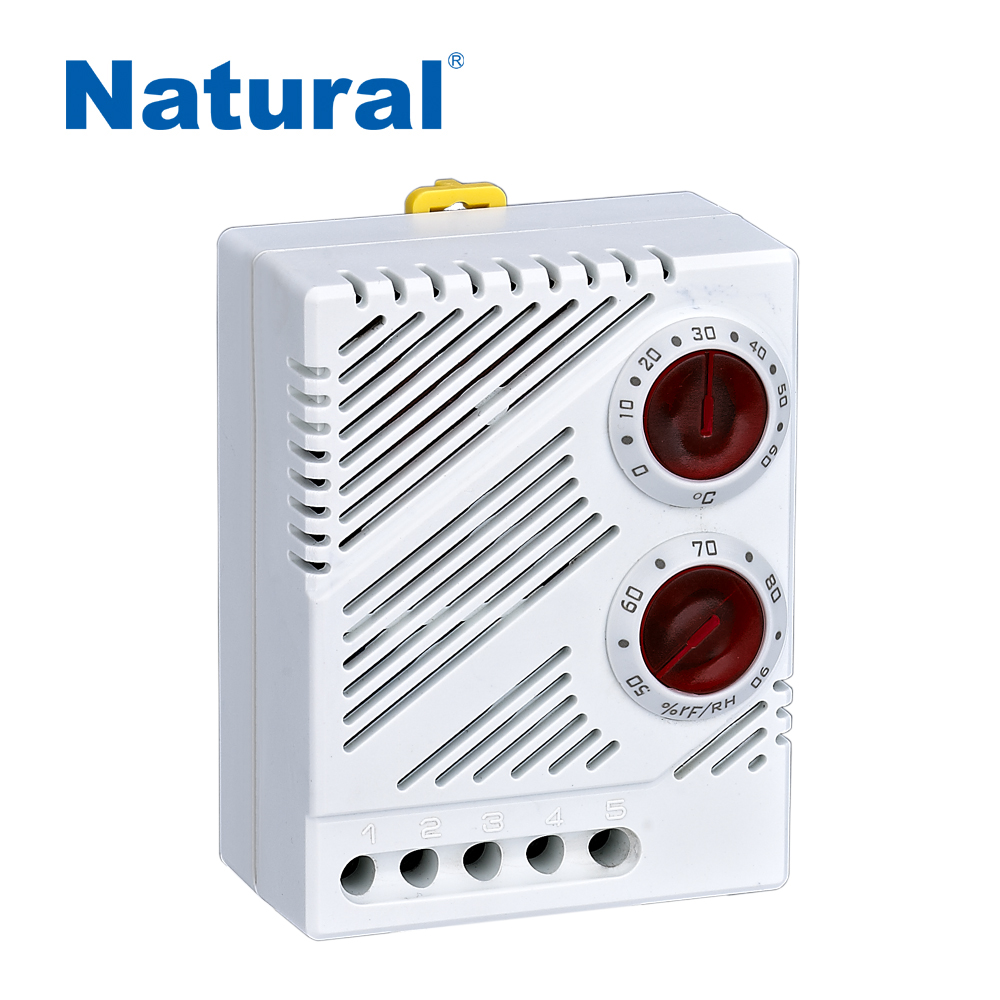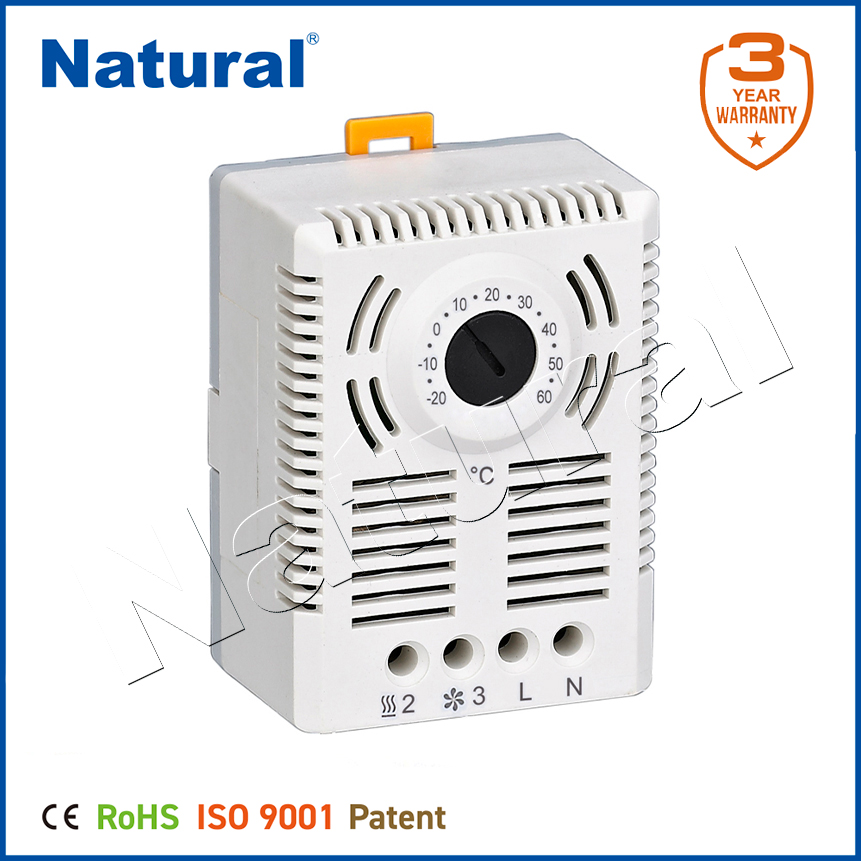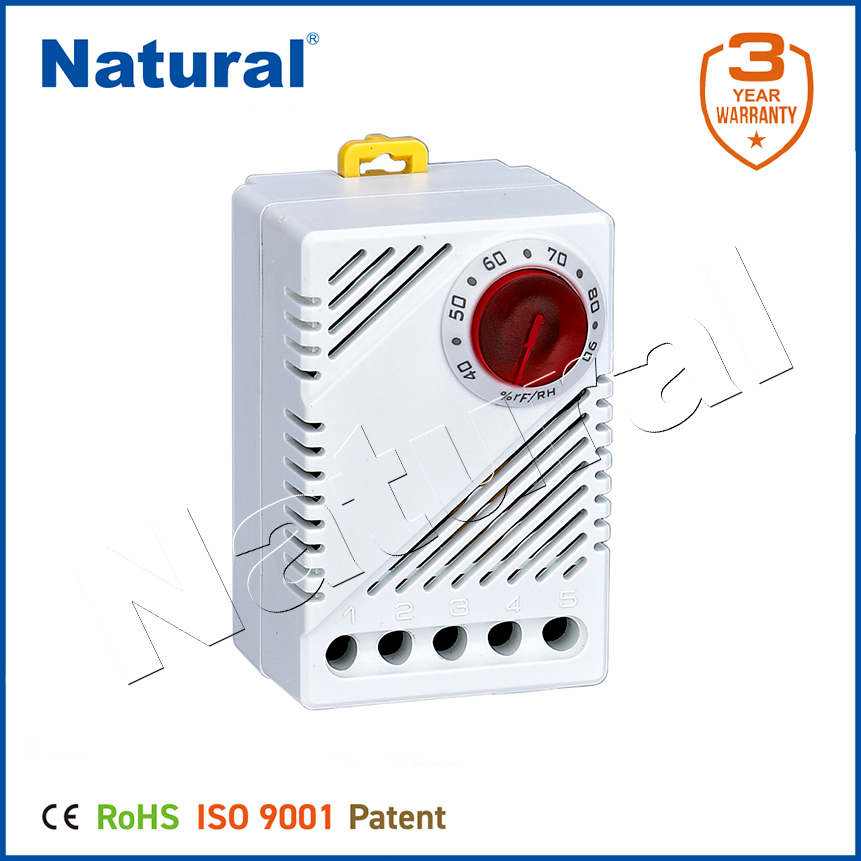In today’s technologically advanced world, maintaining optimal environmental conditions is crucial for both personal comfort and the proper functioning of various devices and materials. Among the numerous tools designed to regulate humidity levels, the electronic hygrostat plays a pivotal role. This article explores the electronic hygrostat’s functionality, applications, benefits, and its importance in various industries.

What is an Electronic Hygrostat?

An electronic hygrostat is a sophisticated instrument used to measure and control humidity levels within a specific environment. Unlike traditional mechanical hygrostats that rely on physical components, electronic hygrostats utilize digital sensors and microcontrollers to provide accurate readings and precise control. This modern approach offers enhanced reliability and versatility, making electronic hygrostats an essential tool in various settings. How Does It Work? At its core, an electronic hygrostat operates by continuously monitoring the humidity level in the surrounding air. It consists of a hygrometer that detects moisture content and a control system that activates or deactivates humidification or dehumidification devices based on the predefined humidity settings. When the humidity level exceeds or falls below a preset threshold, the hygrostat sends signals to equipment such as humidifiers, dehumidifiers, or ventilation systems to adjust the moisture level accordingly.
